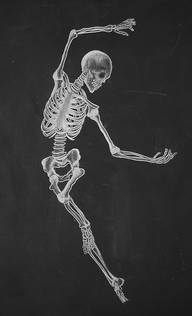
Finding research material is major component for any PhD. This can often mean extensive online searchers, emails to curators and searching through journal articles for relevant or useful material.
From my own experiences (where I needed large samples of human molars from a range of archaeological periods) this is not always an easy thing to do. A while back I decided to produce a crude database about some of the human remains collections I came across during my search. Recently, I decided to update this to make it more user friendly and to add a couple more sites.
You can find a downloadable excel file here with site names, dates and basic collection information.
Enjoy!
PS. If there are any more collections that you know of (and their information can be shared publicly) please get in touch!
